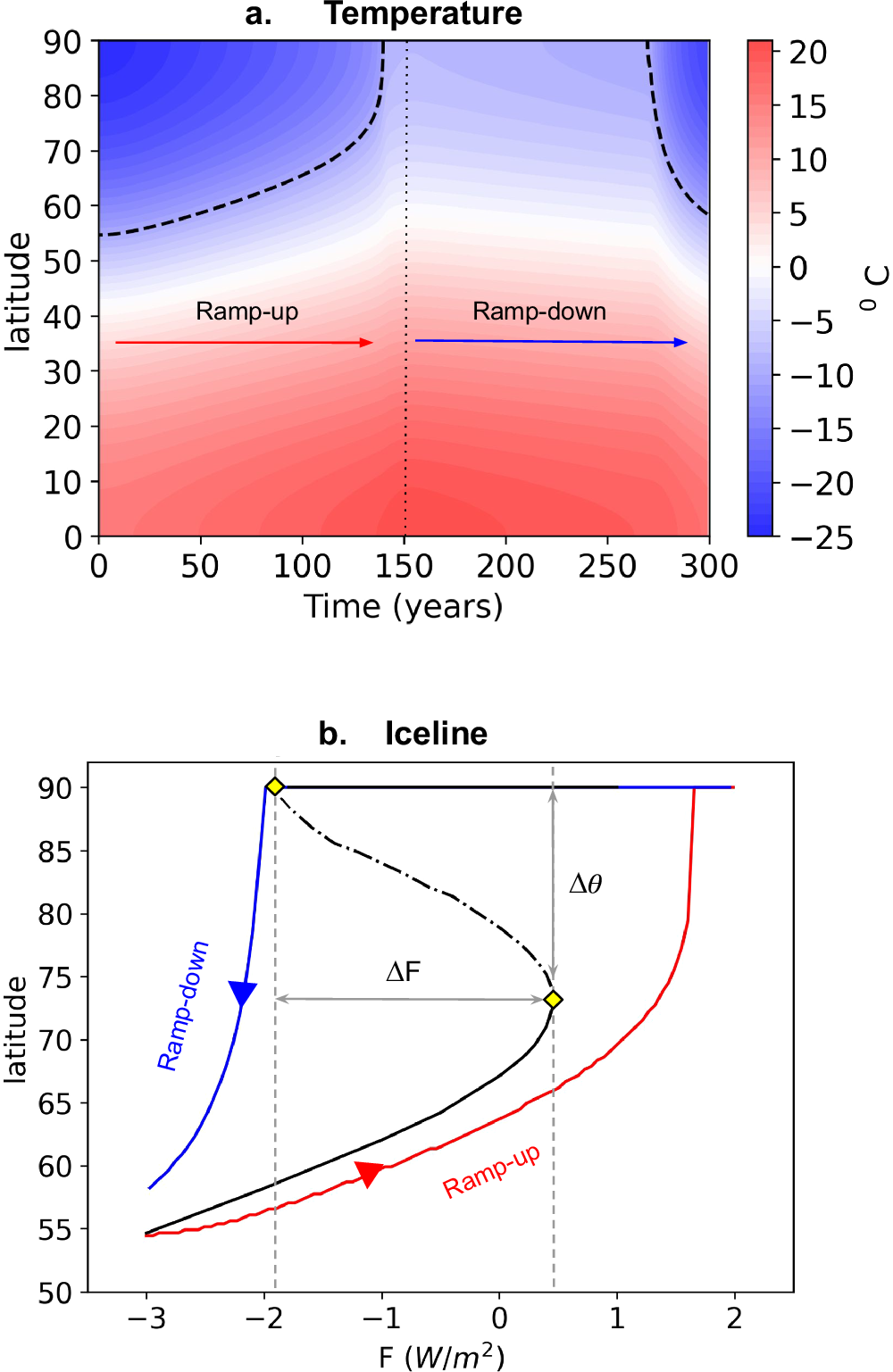2024-11-27 シカゴ大学

Colloidal solutions of gallium arsenide quantum dots of the type used in lasers, TVs, solar cells, medical devices, and other electronics glow under UV light. These were grown using a groundbreaking technique developed by UChicago’s Talapin Lab, a technique that opens a new world of materials for researchers growing nanocrystals. Credit: Courtesy of the University of Chicago/Talapin Lab
<関連情報>
- https://scitechdaily.com/quantum-breakthrough-allows-researchers-to-create-previously-unimaginable-nanocrystals/
- https://www.science.org/doi/10.1126/science.ado7088
溶融無機塩の還元経路により、III-V半導体ナノ結晶のコロイド合成が可能に Reductive pathways in molten inorganic salts enable colloidal synthesis of III-V semiconductor nanocrystals
Justin C. Ondry, Zirui Zhou, Kailai Lin, Aritrajit Gupta, Jun Hyuk Chang, Haoqi Wu, Ahhyun Jeong, Benjamin F. Hammel, Di Wang, […], and Dmitri V. Talapin +5 authorsAuthors Info & Affiliations
Science 24 Oct 2024 Vol 386, Issue 6720 pp. 401-407
DOI: 10.1126/science.ado7088
Editor’s summary
Members of the III-V semiconductor family, ranging from binary species such as gallium phosphide (GaP) and gallium arsenide (GaAs) up to pentanary compositions, can now be grown as monodisperse nanoparticles in eutectic melts of inorganic salts. Ondry et al. found that a wider range of semiconductors could be made if, instead of Ga(III), a weaker oxidizing species, Ga[GaI4], was used in the redox reactions. This approach allowed higher reaction temperatures that enabled synthesis of GaAs nanoparticles that showed band-edge photoluminescence. —Phil Szuromi
Abstract
Colloidal quantum dots, with their size-tunable optoelectronic properties and scalable synthesis, enable applications in which inexpensive high-performance semiconductors are needed. Synthesis science breakthroughs have been key to the realization of quantum dot technologies, but important group III–group V semiconductors, including colloidal gallium arsenide (GaAs), still cannot be synthesized with existing approaches. The high-temperature molten salt colloidal synthesis introduced in this work enables the preparation of previously intractable colloidal materials. We directly nucleated and grew colloidal quantum dots in molten inorganic salts by harnessing molten salt redox chemistry and using surfactant additives for nanocrystal shape control. Synthesis temperatures above 425°C are critical for realizing photoluminescent GaAs quantum dots, which emphasizes the importance of high temperatures enabled by molten salt solvents. We generalize the methodology and demonstrate nearly a dozen III-V solid-solution nanocrystal compositions that have not been previously reported.




